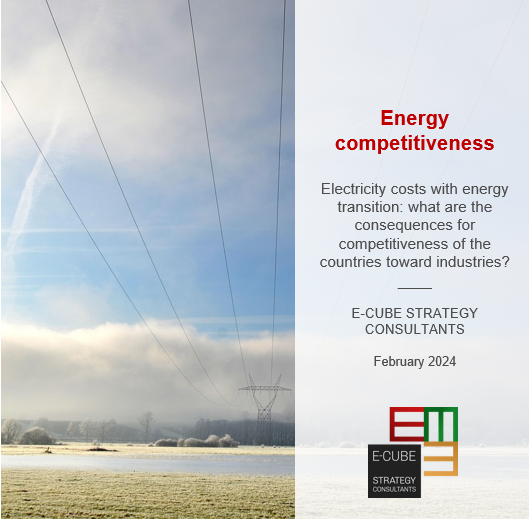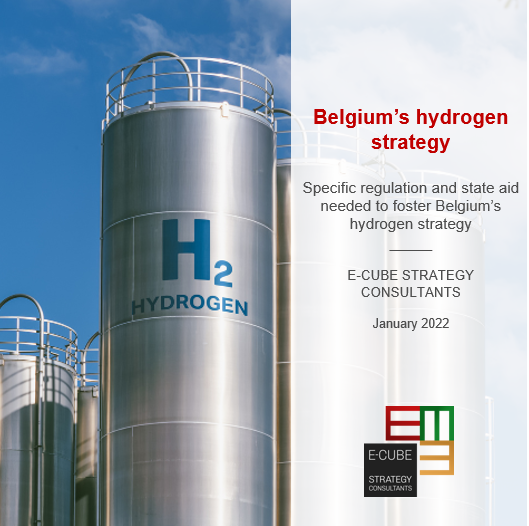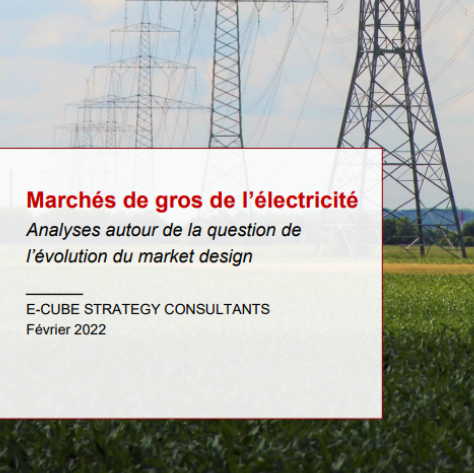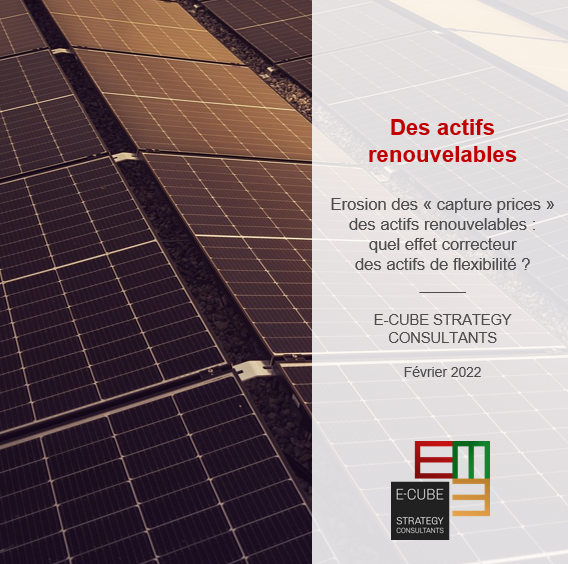Energy competitiveness is a key factor in the overall competitiveness of a country for industrial players. Higher energy prices can dampen demand and undermine the ability to compete in
global markets. It can lead to an exodus of companies to cheaper production locations abroad. Additionally, a country’s ability to supply sustainably produced energy at a stable price can
increase its attractiveness for capital investment. The ability to master value, stability and quality of energy sourcing is essential to maintain a competitive industrial activity.
Several factors contribute to low electricity supply costs for industrial purposes. These factors include:
- Energy sources development and costs: countries with abundant and low-cost energy sources, such as hydropower, nuclear, renewable energy or gas turbine with low gas prices, can offer lower electricity supply costs for industrials,
- Government subsidies and regulations: government subsidies and favorable regulations can lower the overall cost of electricity for industrial consumers,
- Transmission and distribution costs: efficient infrastructure management, lower transmission costs and specific cost allocations can contribute to reduced electricity costs for industrials.
- Flexibility development: developing flexibility in the electricity grid is crucial for efficiently integrating renewable energy sources, managing variability in demand, and ensuring a reliable, stable and competitive power supply.
The energy transition reshapes global energy market dynamics. Increased investment in renewable energy infrastructure and technologies, as well as changes in the energy mix impact the cost of electricity supply for industrial users. Shifts in government policies and regulations to support clean energy and decarbonization can also affect the overall cost of electricity supply for industrial purposes. How the energy transition changes the competitiveness of countries regarding electricity supply? What are the consequences for industrial activities?










